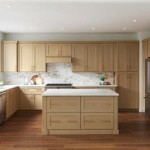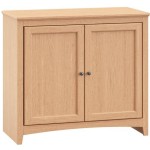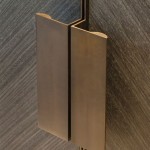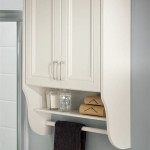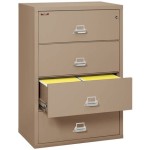Where to Install Cabinet Hardware
Cabinet hardware, such as knobs, pulls, and hinges, plays a vital role in both the functionality and aesthetics of your kitchen, bathroom, or any other space with cabinetry. Proper placement of cabinet hardware can enhance accessibility, improve the visual appeal of your cabinets, and ensure long-lasting durability. The specific location of hardware will vary depending on the type of cabinet, its purpose, and your personal preferences. This article will guide you through the essential considerations for installing cabinet hardware, aiming to help you achieve a balanced and functional design.
Understanding Cabinet Hardware Types
The first step in determining the optimal placement of cabinet hardware is to understand the different types available. Knobs are typically found on drawer fronts and single-door cabinets, while pulls are often used on larger doors or cabinets with multiple doors. Handles, similar to pulls but with a bar-like shape, are commonly used on drawers and doors. Different hardware types offer distinct benefits depending on factors such as cabinet size, style, and desired aesthetics.
The size and shape of the hardware also play a significant role in placement. Smaller knobs may be suitable for smaller drawers, while larger pulls might be better suited for larger cabinets. The shape of the hardware, whether round, square, or rectangular, can also influence the overall aesthetic of the cabinet and the space.
Factors to Consider for Placement
Once you have chosen your preferred type of hardware, consider the following factors to determine the optimal placement for functionality and visual harmony.
1. Cabinet Size and Function
The size and function of the cabinet dictate the best placement of hardware. For smaller drawers, a single knob in the center of the drawer front will suffice. Larger drawers may benefit from a pair of pulls, placed symmetrically on either side of the center. For cabinets with multiple doors, the hardware should be positioned to allow for easy opening and closing while considering the overall design aesthetics.
Consider the purpose of the cabinet when choosing hardware placement. For instance, a cabinet used for storing heavy items might benefit from hardware placed lower on the door for better leverage when opening and closing.
2. Cabinet Style and Design
The style of your cabinets will influence the placement of hardware. Contemporary cabinets often feature minimalist hardware, with simple knobs or pulls placed symmetrically in the center of the drawer front or door. Traditional cabinets may incorporate more elaborate hardware, with knobs or pulls placed in different positions, such as towards the top or bottom of the door. Consider the overall design aesthetic of your cabinets and the room when choosing the placement of hardware.
3. Backsplash and Countertop Height
The height of your backsplash and countertop can affect the placement of cabinet hardware, particularly for base cabinets. If the backsplash extends above the top of the cabinet doors, ensure that the hardware is placed below the backsplash to avoid obstruction. For a seamless and visually appealing design, it is generally recommended that the hardware is centered on the door front, taking into account the height of the countertop and backsplash.
4. Distance from Other Features
Ensure that there is sufficient distance between the hardware and other features, such as the cabinet door edge, the countertop, or the backsplash. Allow at least 1.5 to 2 inches of space between the hardware and the edge of the door, as well as a clear space of 2 to 3 inches between the hardware and the countertop or backsplash.
5. User Experience and Comfort
Consider the user experience and comfort when placing cabinet hardware. For drawers, aim for a comfortable distance between the hardware and the countertop. For doors, ensure that the hardware is easily accessible and allows for a firm grip, regardless of the user's height.
6. Visual Balance and Consistency
Strive for visual balance and consistency when placing cabinet hardware throughout your kitchen or bathroom. The hardware should be positioned at a consistent height on all cabinets of the same style. For example, if you are using knobs on all your drawers, ensure they are all placed at the same height for a cohesive look.
Maintaining a consistent distance between the hardware and the edge of the door or drawer front is essential for a visually balanced design. It is recommended to use a template or measuring tool to ensure consistent spacing throughout all cabinets.
Conclusion
By carefully considering the factors discussed above, you can ensure that your cabinet hardware is installed in a way that enhances both functionality and aesthetics. The placement of hardware can significantly impact the overall look and feel of your cabinetry and your space.

How To Install Cabinet Handles Straight Without Losing Your Mind

Cabinet Hardware Installation Guide At Cabinetknob Com

How To Install Hardware Like A Pro Kitchen Renovation House Of Hepworths

Kitchen Cabinet Hardware Replacement Guide April 2025

How To Install New Cabinet Hardware Blog Doorcorner Com

How To Install Cabinet Door And Drawer Handles Knobs Pulls

How To Install Kitchen Handles Like A Pro The Complete Guide

How To Install Cabinet Hardware In 7 Steps

Our Home From Scratch

How To Install Cabinet Handles Straight Without Losing Your Mind

